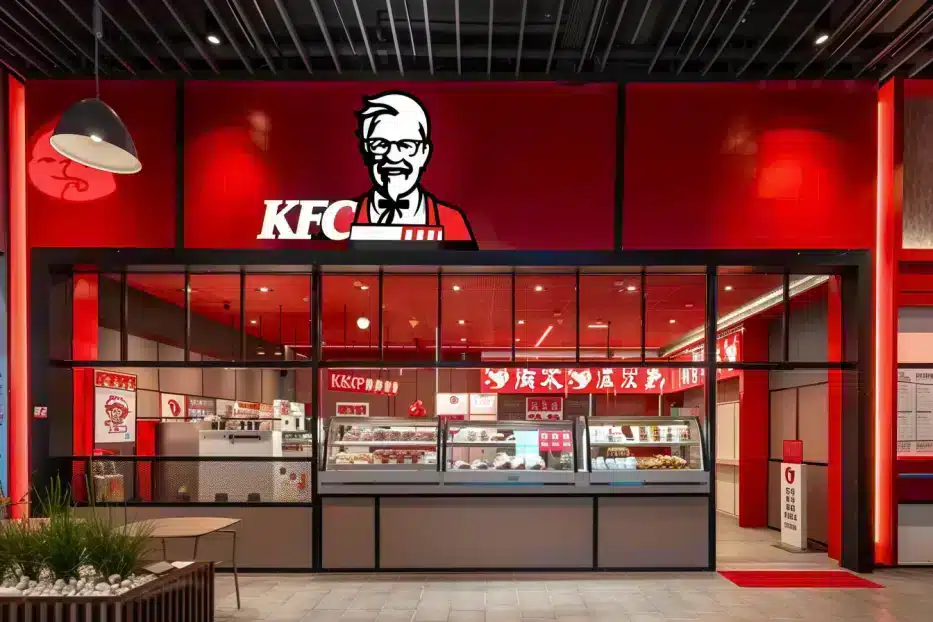In the ever-evolving landscape of China’s economy, Yum China stands out as a beacon of adaptability and growth, navigating the challenges of rising costs and changing consumer behaviors. Joey Wat, the CEO of Yum China, has observed a significant shift in the mindset of Chinese consumers, who are becoming more ‘rational’ in their spending habits due to economic pressures. Despite the backdrop of low consumer confidence and sluggish economic growth that has led to a 27% drop in Yum China’s shares over the past year, the company has managed to carve out a path of expansion and resilience, showcasing a 19% increase in revenue in the fourth quarter to $2.49 billion.
Joey Wat’s insights into the changing consumer landscape reveal a nuanced understanding of the market dynamics. “I think the Chinese consumer has become more rational over the last few years,” Wat stated in an interview with CNBC, highlighting the economic pressures such as housing costs in top-tier cities like Shanghai and Beijing. This rationalization has not dampened the spirit of Yum China; instead, it has spurred the company to innovate and tailor its business model to meet the evolving needs of consumers across various city tiers, from bustling metropolises to smaller, emerging cities.
The core of Yum China’s strategy lies in its diversified portfolio, including KFC, Pizza Hut, and Lavazza coffee shops, and its nuanced approach to catering to the broad spectrum of consumer preferences. From offering a chicken breast sandwich for less than $2 to introducing a Wagyu beef burger, Yum China employs a ‘barbell strategy’ to attract budget-conscious customers and those willing to indulge in higher-quality fare. This approach emulates the broader trend of ‘consumption upgrade’ that Wat describes, where consumers gradually shift towards premium products and services.
Yum China’s emphasis on expanding into lower-tier cities, where housing costs are more affordable and disposable income is higher, illustrates a strategic move to tap into untapped market potential. With over 14,600 restaurants and plans to increase this number to over 20,000 by 2026, Yum China is not just weathering the storm but thriving, proving the efficacy of its adaptive strategies in the face of economic headwinds.
As the World Bank and the International Monetary Fund forecast a slowdown in China’s economic growth in 2024, Yum China’s journey offers a glimpse into the resilience and ingenuity required to navigate the complex currents of the Chinese market. The company’s ability to adapt to consumer rationalization and economic challenges while continuing to grow is a testament to its robust business model and strategic vision.
Yum China’s experience underscores the importance of adaptability, consumer understanding, and strategic innovation in navigating the complexities of modern economies. As consumers grow more ‘rational’ in spending, companies that can anticipate and adapt to these changes while offering value and quality will continue to thrive. Yum China’s journey is a beacon for businesses worldwide, illustrating the power of resilience and strategic foresight in overcoming economic challenges.




